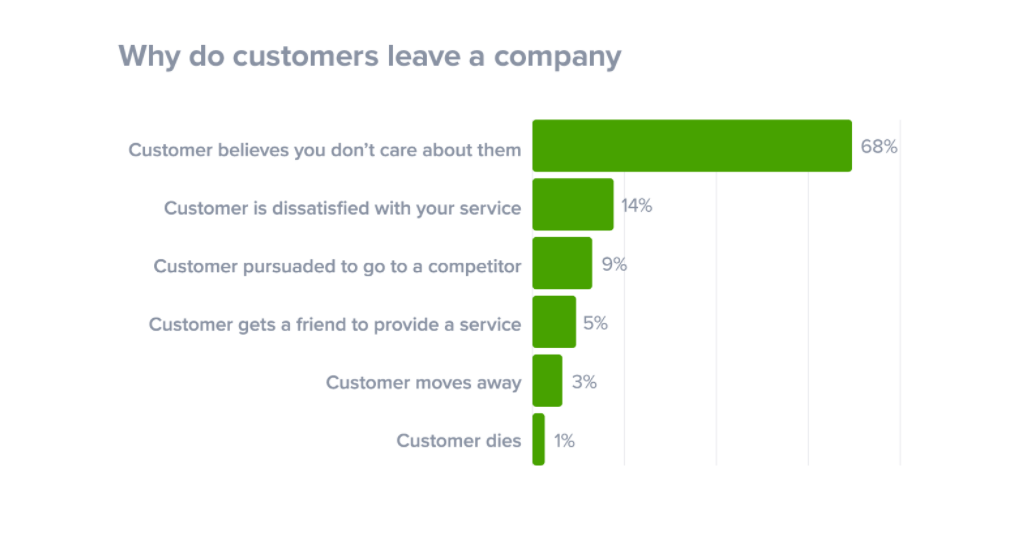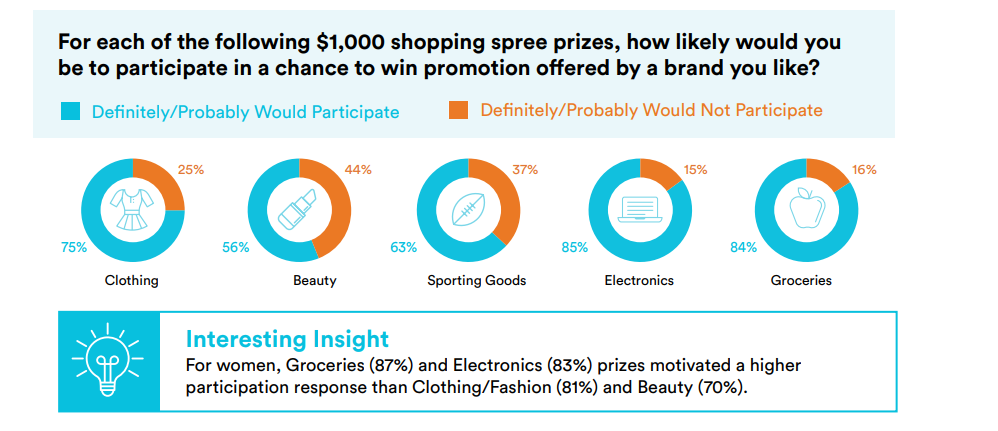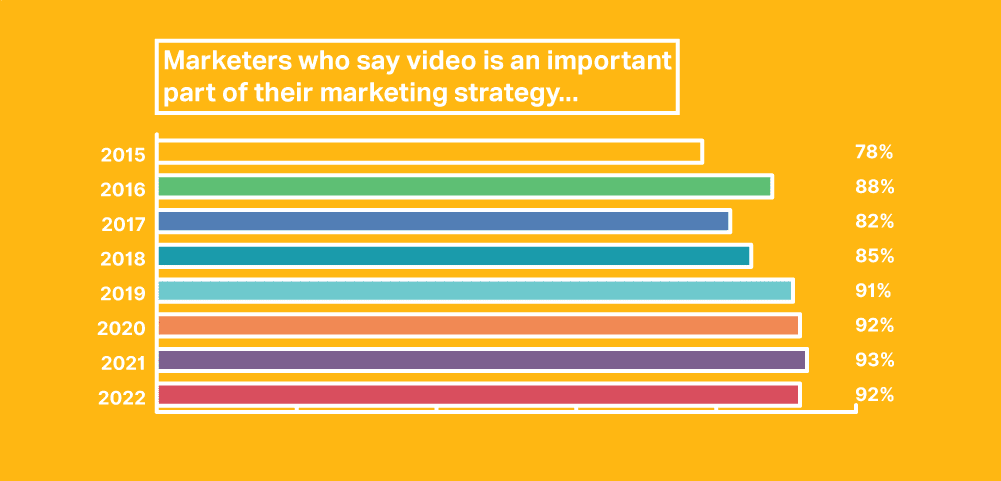Any eCommerce or subscription business relies on customer retention for business longevity and continuity. So the last thing any business wants is for their existing customers to jump ship and take your revenue with them.
Download our guide on how to manage your changing payments business to learn more about how you can ensure future growth.

Download our guide on how to manage your changing payments business to learn more about how you can ensure future growth.
The churn rate for a subscription business, (also called customer churn rate) can be the best indicator as to whether a business succeeds or not. In this blog, we'll look at the impact of customer churn, how to calculate churn rate, why it happens, and strategies for how to reduce churn and increase customer lifetime value.
The Impact of Subscriber Churn
Because of the drastic impact on monthly recurring revenue, customer churn is a metric that subscription businesses need to monitor very closely. Even the smallest changes in a business's churn rate can significantly affect revenue growth as well as the overall health of the business.
Customer churn can seriously erode all the hard work and resources spent on gaining new subscription customers and retaining them.
In fact, research shows that it costs around 5 times more to acquire a new customer than to retain an existing customer. As well as operational efficiency, subscribers who have been with a company for a longer period of time may be more satisfied and more likely to recommend it to others. And word-of-mouth has always been one of the most persuasive means of gaining new subscribers.
Customer acquisition costs
Customer acquisition cost calculates the total cost of acquiring a new customer. It usually includes things such as:
- Advertising costs
- Salary cost of marketers
- Costs of your salespeople
These costs are then divided by the number of customers acquired.

Image source: Intercom
Acceptable customer churn rates
To maintain current revenue levels, subscribers who churn need to be replaced, and this means further investments in sales and marketing. While some customer churn can be expected, to maintain healthy growth, it's important to understand and define the amount churn that a business can withstand. This means having a clear picture of monthly churn rate, annual churn rate, and the maximum acceptable time period to make up losses.
Every business is different, but exerts say that the average acceptable annual churn rate for a subscription business such as a SaaS business is 5-7%. This means not losing over 140 customers (7%) out of 2000.
While some amount of churn is unavoidable, it’s important to know the point at which your churn rate enters a dangerous range.
churn rate is an actionable metric that helps you turn failure into success. It tells you more than just the number of customers you’re losing. When paired with other metrics, you’ll gain insights on growing your business. It answers the following questions:
- What went wrong?
- Why are the customers leaving?
- Where is the problem?
- What needs to be done?
How to measure churn rate
The best way to determine customer churn rate is to identify:
- The value at the start of the period = A
- The value lost during the period = B
The formula to calculate churn rate is fairly simple:
(B/A) x 100% = Churn rate
However, there are multiple ways to calculate churn itself. You can either use your Monthly Recurring Revenue (MRR) or your customer retention to calculate your churn rate. There is no “best” way to calculate churn because both are equally important.
MRR Churn rate
To determine your MRR churn rate, you will need:
- The MRR value at the start of the period = $14000
- The MRR lost during the period = $350
($350/$14000) x 100% = 2.5%
The MRR churn rate is 2.5%.
Customer retention churn
Customer retention churn shows the rate that customers are leaving. It doesn’t give an accurate estimate of how it affects monetary based metrics, but it reveals insights into areas to focus on to increase customer retention.
For example, variables are:
- The number of customers at the start of the year = 2000
- The number of customer lost during the year = 250
To calculate churn rate:
(250/2000) x 100% = 12,5%
Annual churn rate is 12,5%.
Monthly churn rate is 1%
Voluntary and involuntary churn
Subscriber churn is defined as voluntary churn - or when a customer actively decides to initiate the exit. This could be due to:
- A subscription cancellation through dissatisfaction with the product
- No further need for the product
- Not receiving the value they thought they would. It's far more difficult to reduce voluntary churn, as a subscription business needs to
Involuntary churn means customer churn is due to payment failure due to things like outdated information, for example an incorrect card expiration date, wrong billing address, insufficient funds, or some other reason not related to the business. Unlike voluntary churn, a subscription business can proactively manage involuntary churn.
It's far more difficult to reduce voluntary churn, as a subscription business needs to deploy more labor- intensive strategies that can take time and resources, with little to no guarantee of customer retention
Read more about voluntary churn and how to prevent it here
Ways to reduce voluntary customer churn rate
As mentioned, it's easier to use proactive measures to reduce involuntary churn, and these measures are usually focused around payment processing issues.
But in the case of voluntary churn, businesses need to understand why customers are canceling their subscriptions in order to correct the issue and reduce customer churn rate. Here are some strategies for subscription businesses that can increase customer satisfaction by examining why existing customers cancel in the first place.
Pinpoint why customers churn
Subscription businesses will find it impossible to reduce customer churn if they can't identify why it's happening. They need to begin with analyzing customer data and feedback to understand their rate of customer churn. Sometimes, however, even the most closely scrutinized analytics can misdiagnose the real problems.
For example, customers may cancel simply because there is a missing feature or function, but if the business doesn’t have customer feedback, they may miss it on their product roadmap. This affects churn rate either because the business isn't aware of a problem, or because the customer is dissatisfied that the company didn't reach out.
Some of the most common reasons why customers leave a company include:
- Thinking the business doesn’t care about their success
- Dissatisfaction with product or service
- Finding a better alternative
- Free product/service from somewhere else

Image source: Super office
To help reduce customer churn rate, and counteract revenue churn, businesses need to actively engage with customers to ensure they're providing what customers have subscribed to in the first place. Depending on the number of subscribers, businesses can use frequent customer surveys, phone calls, social tracking tactics and win/loss calls with canceled customers to understand the main reasons customers leave.
This data helps to make better decisions that will help not only reduce customer acquisition costs, but increase customer lifetime value and customer satisfaction.
Improve customer service
Customers expect quality service as a part of a business’s offering. Poor customer support means loss of customer loyalty, and an inevitable increase in churn rates.
According to PWC, over 59% of consumers will stop supporting a company after experiencing poor customer service - even if they love the product.
There are so many ways that businesses can connect with their customers to automate and deliver meaningful customer service online and offline using chatbots, website or emails. For example:
- Creating guides and knowledge bases
- Video tutorials
- Live or recorded webinars
- Providing customer education through courses
- Community forums
- FAQs
- Surveys
Offer incentives and upgrades
Incentives, gifts and upgrades are positive ways to disrupt normal interactions with customers. For example, if a subscription company knows that a customer is not having a great experience, a surprise discount may be an incentive to encourage them to stay. One of the first rules of marketing is to try to influence a consumer's perceived value of a product by offering attributes that make it superior to the competition.
In fact, 80% of customers are more likely to support a company that offers incentives than one that doesn't.
Overall, incentives and upgrades are great tactics to use in customer retention, and to help prolong the customer lifecycle and customer lifetime value. Providing an extra source of value can decrease or even help curtail churn.

Image source: Prizing
Customer education and instruction
Once a customers make the purchase, they'll want to use the product or service. But often, complicated products can be confusing to customers when they first get on the platform. They might be solely focused on one feature and not even understand the overall breadth of what the product can do.
To avoid revenue churn, subscription businesses need to educate their customers with proper on-boarding methods as well as educational materials, for example guides, newsletters, blog posts and video tutorials.
With supplemental educational materials, they can learn and get acclimated to the product on their own time. In fact, 96% of people have watched an explainer video to learn more about a product or service.

Image source Wyzowl
Subscription businesses who don't provide adequate instruction on how to properly use a product can experience higher churn rates.
Facilitate Customer Communication
Reaching out to customers by frequently initiating helpful customer communication can proactively help reduce customer churn.
More than 95% of customers seek some form of communication from the companies they support.
Without proper on-boarding, customers might feel like they’re navigating a product alone with very little help. On-boarding makes customers feel a personal connection with subscription businesses. It also reduces voluntary customer churn and improves customer retention.
Often, customers don't actively reach out, or voice their concerns about a business or product. To reduce revenue churn and increase customer satisfaction, businesses need to focus on reaching out to existing customers in their customer base, through:
- Regular calls
- Check-in emails
- Customer surveys
Understanding a customers’ pain points will reduce churn, and help prevent companies from wasting efforts on problems that customers don't care about. Gather customer feedback and data to understand how you need to evolve your product, operations and marketing to more effectively deliver value.
The importance of transaction data and analytics
The success of any type of business is based on fulfilling customers expectations. This is where the true value of data and analytics becomes clear.
We've already established that voluntary customer churn rates can seriously affect monthly recurring revenue for subscription based businesses. With the strategies outlined in this blog, businesses can measure subscriber churn rate, proactively monitor why it's happening, and take measures to reduce it.
How real time transaction analytics can help business growth
Third party analytics tools and monitoring solutions are vital to help businesses measure their services, view growth and make decisions throughout the transaction chain, and across every platform.
The right analytics tools help you see your entire transaction and payments environment so that you can extract the relevant information that directly correlates with it to improve services and gain a better understanding of the way business systems perform.
IR's Transact suite of payments solutions
IR Transact brings real-time visibility to what's going on inside your business. Transact reveals unparalleled insights into transactions and trends to help streamline the payments experience, turning data into intelligence, and assuring the payments that keep you in business today, and into the future.
Download our guide on how to manage your changing payments business to learn more about how you can ensure future growth.

Download our guide on how to manage your changing payments business to learn more about how you can ensure future growth.




